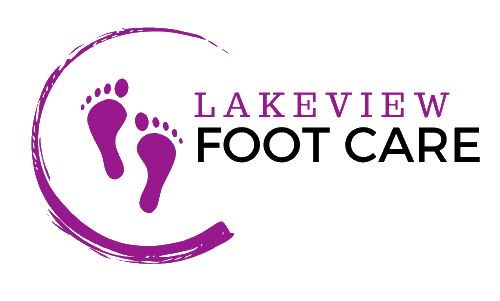Understanding Foot Care Insurance Coverage in Canada
===INTRO:=== Navigating the landscape of foot care insurance coverage in Canada can often feel overwhelming, especially for those suffering from chronic foot conditions that require specialized treatment. Many Canadians are unaware of the extent of their coverage options and how crucial
Read More
